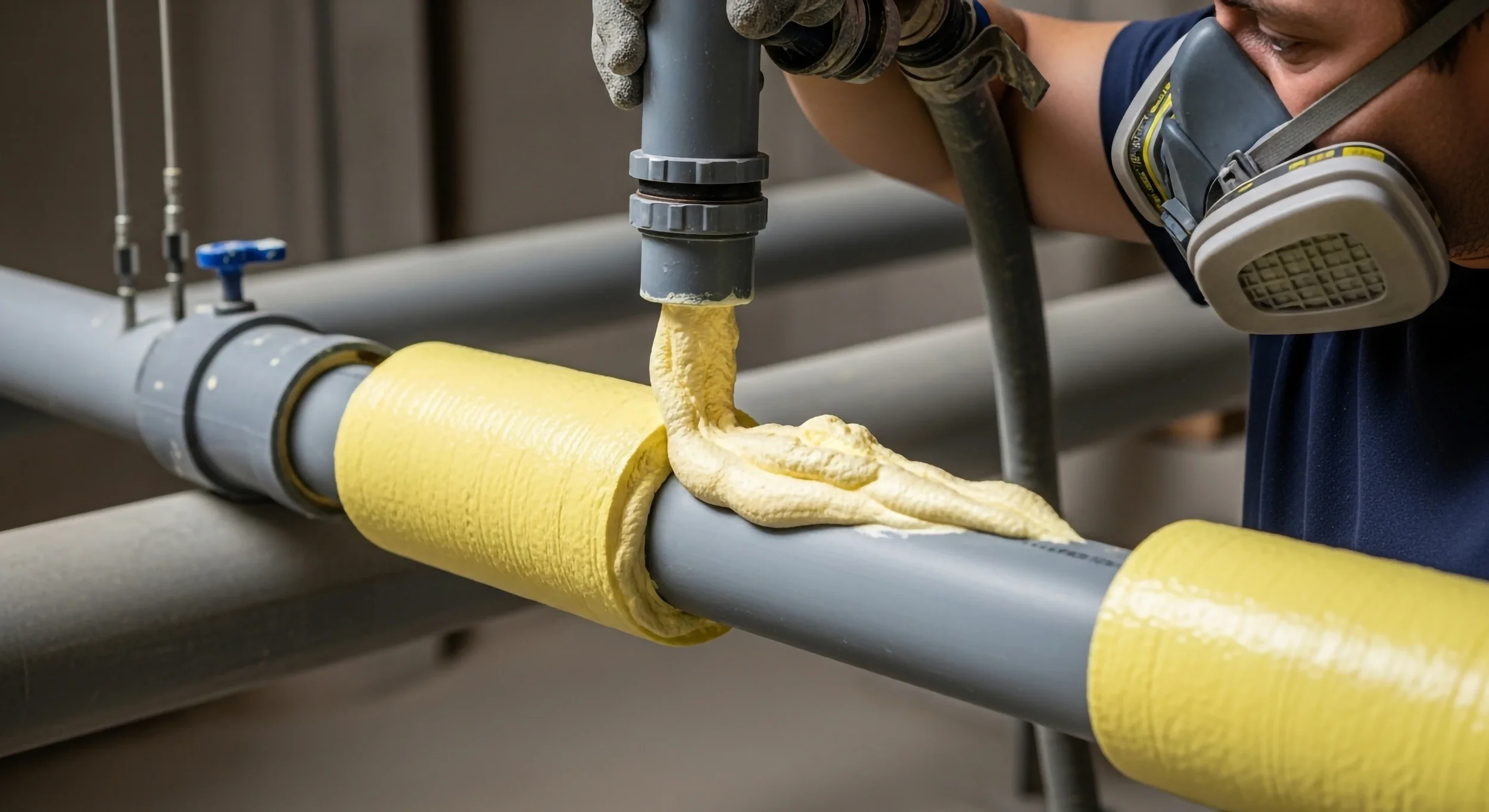Leaking Pipes: What Are the Causes and How to Fix Them?
Discover the common causes of leaking pipes and learn effective solutions to fix them before they lead to costly damage.
Leaking pipes can be a homeowner's worst nightmare, leading to water damage, mold growth, and expensive repairs. Understanding the causes of these leaks and knowing how to fix them is crucial for maintaining a healthy and safe living environment. This article will explore the common causes of leaking pipes and offer practical solutions to fix them.
How to Fix Leaking Pipes?
When faced with a leaking pipe, the first step is to identify the source of the leak. This can often be done by visually inspecting the pipes for any signs of water dripping or pooling. Once the leak is located, there are several methods to consider for fixing it, depending on the severity and location of the leak.
For minor leaks, a temporary fix can be achieved using plumber's tape or epoxy putty. Plumber's tape is a simple solution that can seal small gaps in threaded connections. For leaks in non-threaded areas, epoxy putty can be molded around the leak to create a watertight seal. However, these are only temporary fixes, and it is advisable to consult a professional plumber for a permanent solution.
In cases where the leak is more severe, such as a burst pipe, the affected section may need to be replaced entirely. This process typically involves shutting off the water supply, draining the pipes, and cutting out the damaged section. A new piece of pipe can then be installed using appropriate fittings and secured properly to ensure a lasting repair. Always remember to turn the water supply back on slowly to avoid further complications.
Causes of Leaking Pipes
Understanding the underlying causes of leaking pipes can help prevent future issues. There are several factors that contribute to pipe leaks, and recognizing these can save homeowners significant time and money.
Corrosion
One of the most common causes of leaking pipes is corrosion. Over time, pipes, especially those made from metal, can rust and deteriorate due to exposure to moisture and chemicals in the water supply. This corrosion weakens the pipe material, leading to cracks and leaks. Homeowners should regularly inspect their plumbing systems, particularly in older homes, to detect signs of corrosion early. In some cases, a passivation treatment can be applied to metal pipes to reduce the risk of corrosion by forming a protective layer on the surface. If corrosion is evident, replacing the affected pipes with more durable materials, such as PVC or copper, is often the best course of action.
Thermal Expansion or Contraction
Another significant cause of leaking pipes is thermal expansion or contraction. As temperatures fluctuate, pipes expand and contract, which can lead to stress on joints and fittings. This is particularly common in areas with extreme temperature changes. Homeowners can mitigate this issue by ensuring that pipes are properly insulated, allowing for some movement without causing damage. Additionally, installing expansion joints can help accommodate the natural expansion and contraction of pipes, reducing the likelihood of leaks.
In conclusion, leaking pipes can arise from various causes, including corrosion and thermal expansion. By understanding these factors, homeowners can take proactive measures to maintain their plumbing systems. When leaks occur, prompt action is essential to prevent further damage. Whether through temporary fixes or more permanent solutions, addressing leaking pipes effectively can protect your home and save you from costly repairs in the long run. If you find yourself unsure about handling a leak, do not hesitate to contact a professional plumber to ensure the job is done correctly.





